Designing Interiors
|
-
About this Collection
The decoration of the interior spaces of a building is a natural extension of its overall design.
Wall coverings, floor coverings, lighting fixtures, window dressing, woodworking, even the placement of artwork, all converge in the designer’s imagination to form a harmonious whole. Architects may specify and design these interior details themselves, or work closely with interior designers.
Robert Adam was among the first architects to think of himself as a master designer, creating interiors that were an essential part of his clear vision of the ideal neo-classical environment. Two centuries later, modernist architects such as Mies van der Rohe and Le Corbusier created furniture that enhanced their own visions of a pure, uncluttered space.
-
Lalique Dining Room at the 1925 Art Deco exposition in Paris
The Dining Room of the Pavillon Lalique at the 'Exposition des Arts Décoratifs et Industriels Moderne', designed and decorated by the legendary glass designer René Lalique.
Held in Paris in 1925, this exhibition introduced and celebrated the latest trends in design, and ultimately gave the streamlined style now known as 'Art Deco' its name.
This image appears in the catalog of the buildings and gardens section of the exhibition.
-
Audience chamber in German Baroque style
Interior view of an audience chamber, displaying the effusive yet symmetrical characteristics of German Baroque style.
Paul Decker (1677-1713) was a trained architect, but is remembered today primarily as an imaginative theoretician and for his book Furstlicher Baumeister, oder Architectura civilis. (Masterbuilder for Princes, or Civil Architecture.) These folio volume, published between 1711 and 1716, were extremely influential upon the development of German Baroque architecture.
As a visual document of idealized projects presented almost exclusively without text, it illustrated to the German nobility how to plan, build and decorate residences and gardens. His rich yet stately designs are comprehensively detailed by plans, elevations, sections and decorative patterns in large, sumptuous engravings.
The two volumes and supplement that constitute this work were a part of the original donation by Mr. Steedman.
-
Ceiling of a Baroque dining hall, frescoed with allegorical scenes as if opening to the heavens
View of a ceiling of a Baroque dining hall, elaborately frescoed with allegorical scenes. Using trompe l'oiel (fool the eye) perspective, the ceiling would have appeared as a tall courtyard open to the heavens.
Image from German baroque architect Paul Decker's Furstlicher Baumeister, oder Architectura civilis (Masterbuilder for Princes, or Civil Architecture) of 1711.
-
Elegant interior of Louvre department store pavilion at the 1925 Art Deco exhibit
The pavilion of the Magazins du Louvre at the 'Exposition des Arts Décoratifs et Industriels Moderne', held in Paris in 1925. This exhibition introduced and celebrated the latest trends in design, and ultimately gave the streamlined style now known as 'Art Deco' its name.
This Parisian department store was one of many that displayed its wares at the exposition.
Photograph from the catalog of the buildings and gardens section of the exhibition.
-
Empire Room in the Woolworth Building in New York City
The executive office of Frank W. Woolworth, President of the company, elaborately decorated in French Empire style, even including a portrait of the French Emperor Napoleon Bonaparte.
This photograph appears in the promotional booklet for the building, published in 1918, that was used to attract tenants and customers.
-
Fireplace designed by Piranesi for Burghley House
A mantlepiece designed by Giovanni Battista Piranesi for the Earl of Exeter's Burghley House, using what he felt were Etruscan and Roman motifs.
Image from Piranesi's Divers Manners of Ornamenting Chimneys and All Other Parts of Houses.... of 1769.
-
Frank Lloyd Wright's Coonley House, designed in 1908
Interior view of a house designed by Frank Lloyd Wright for the Avery Coonley family in 1908 at Riverside, Illinois. The Coonley House is a quintessential example of a Prairie Style home, with its long, low spaces and huge horizontally oriented fireplace. The home has been designated a U. S. National Historic Landmark.
This image is from a plate that is part of the Wasmuth Portfolio of Wright's work (1910).
-
Piranesi's imaginary design for a fireplace using ancient Egyptian motifs
An imaginary design for a fireplace using ancient Egyptian motifs.
Copperplate engraving from Giovanni Battista Piranesi's Divers Manners of Ornamenting Chimneys and All Other Parts of Houses.... of 1769.
-
Plan and Section of a Drawing Room designed by Thomas Sheraton
Plan and Section of a Drawing Room, ingeniously portrayed as if folded outward and seen from above, in The Cabinet-maker and Upholsterer's Drawing-book.
Thomas Sheraton (1751 - 1806) first published this influential directory of furniture designs in 1791. It was financed by subscribers, but instead of a 'who's who' list of the aristocracy, as is the case in the prestigious folio editions being produced at that time, these subscribers are the furniture makers and upholsterers of London and other centers of British furniture production.
Sheraton's designs are characterized by light but strong construction techniques, delicate lines, contrasting woods and neoclassical ornamentation. They were based on classical principles of proportion and perspective, which are meticulously detailed in a large portion of the book.
During the late 18th and early 19th centuries, American craftsmen freely adapted these designs, along with those of George Hepplewhite, to create furniture in what is known as Federal style.
This book was part of the original donation by Mr. Steedman.
-
Section of Sullivan's Wainwright Tomb showing interior benches
-
Sullivan's design for the bronze gates of the Wainwright Tomb
-
Decorative motifs from woven fabrics from the Elizabethan period of English history
Jones found inspiration in every facet of the decorative arts. These designs are taken from the luxurious woven fabrics used by the Elizabethans.
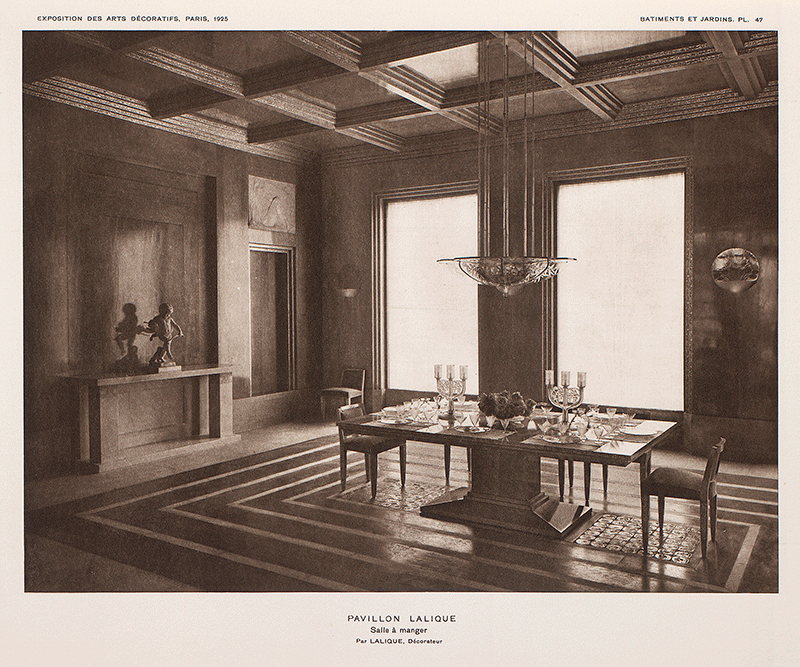 View Image
View Image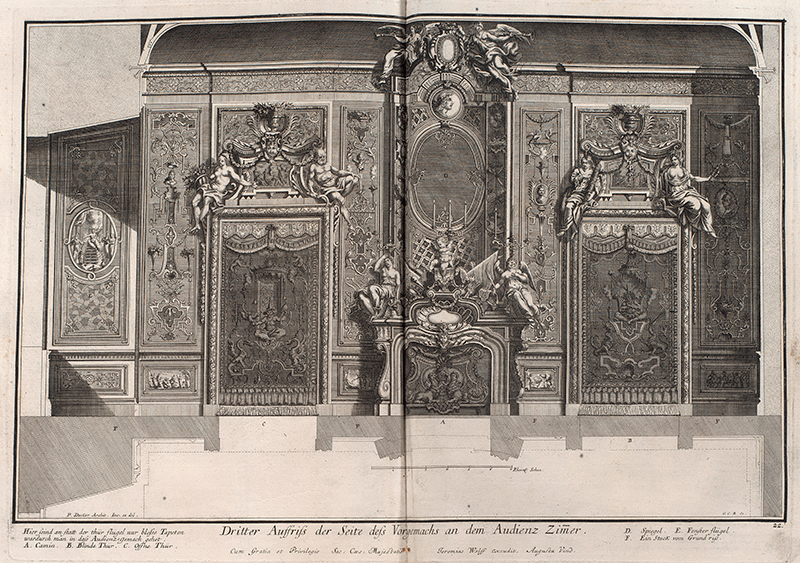 View Image
View Image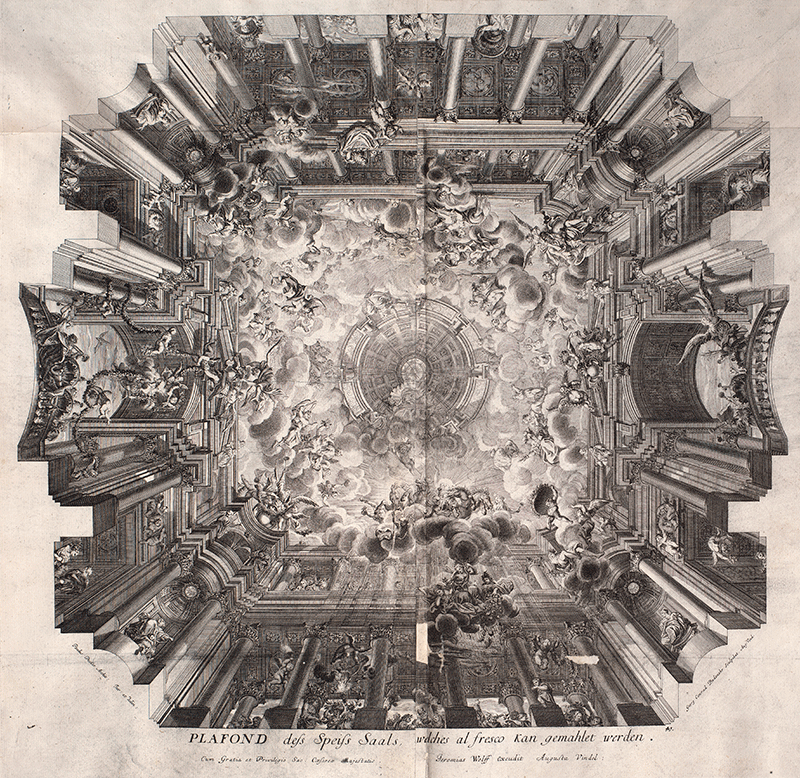 View Image
View Image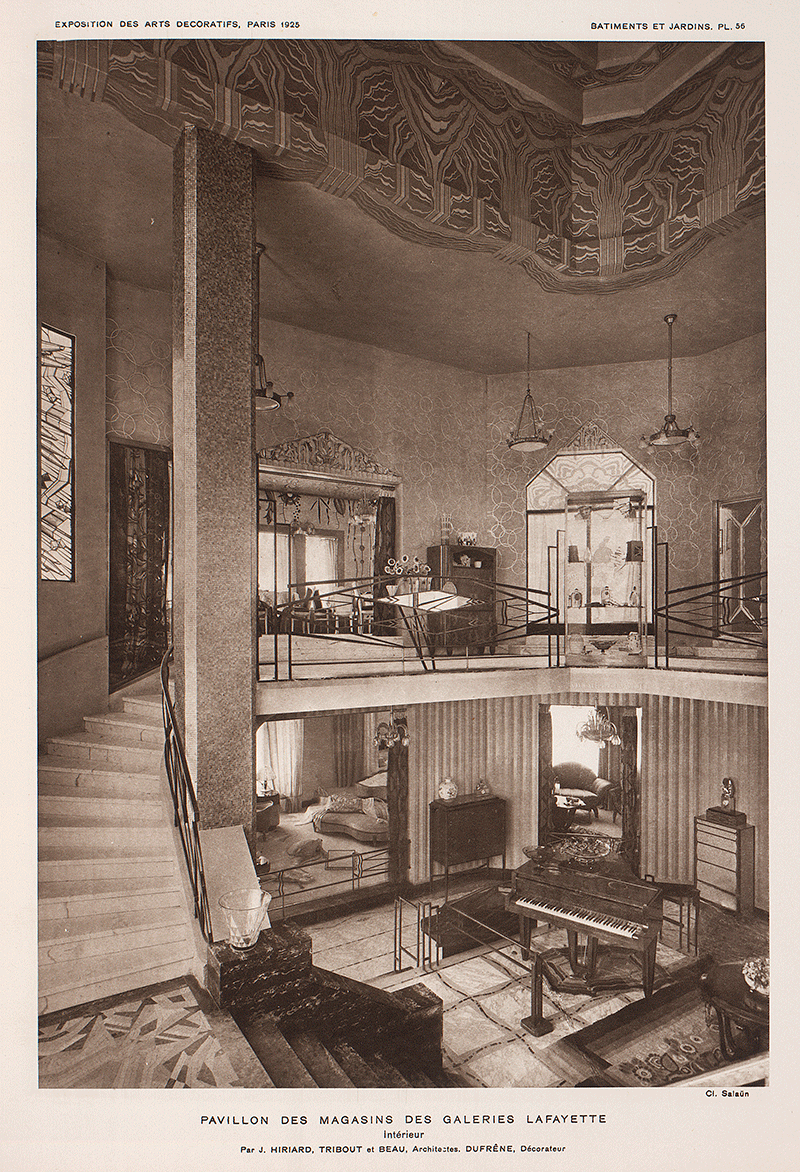 View Image
View Image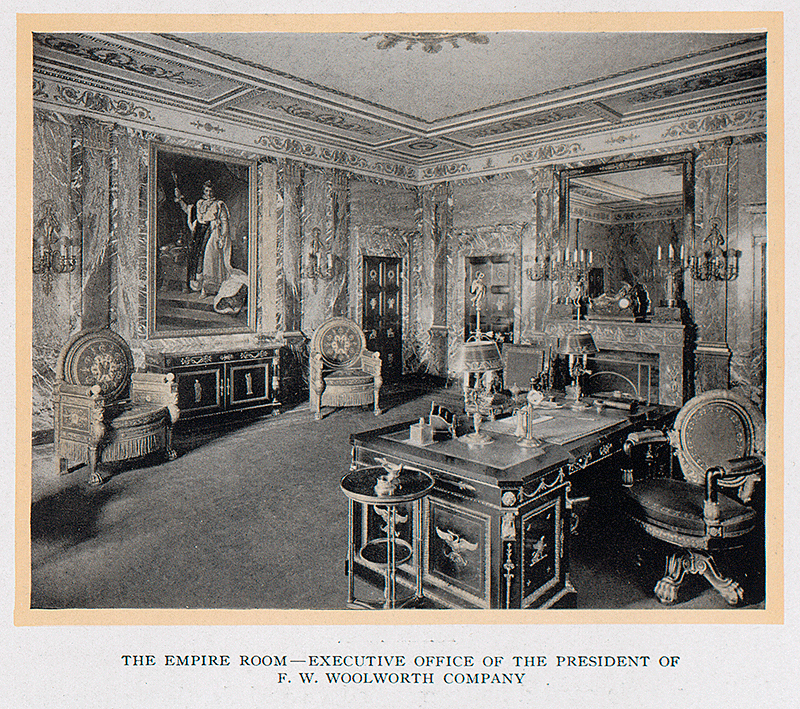 View Image
View Image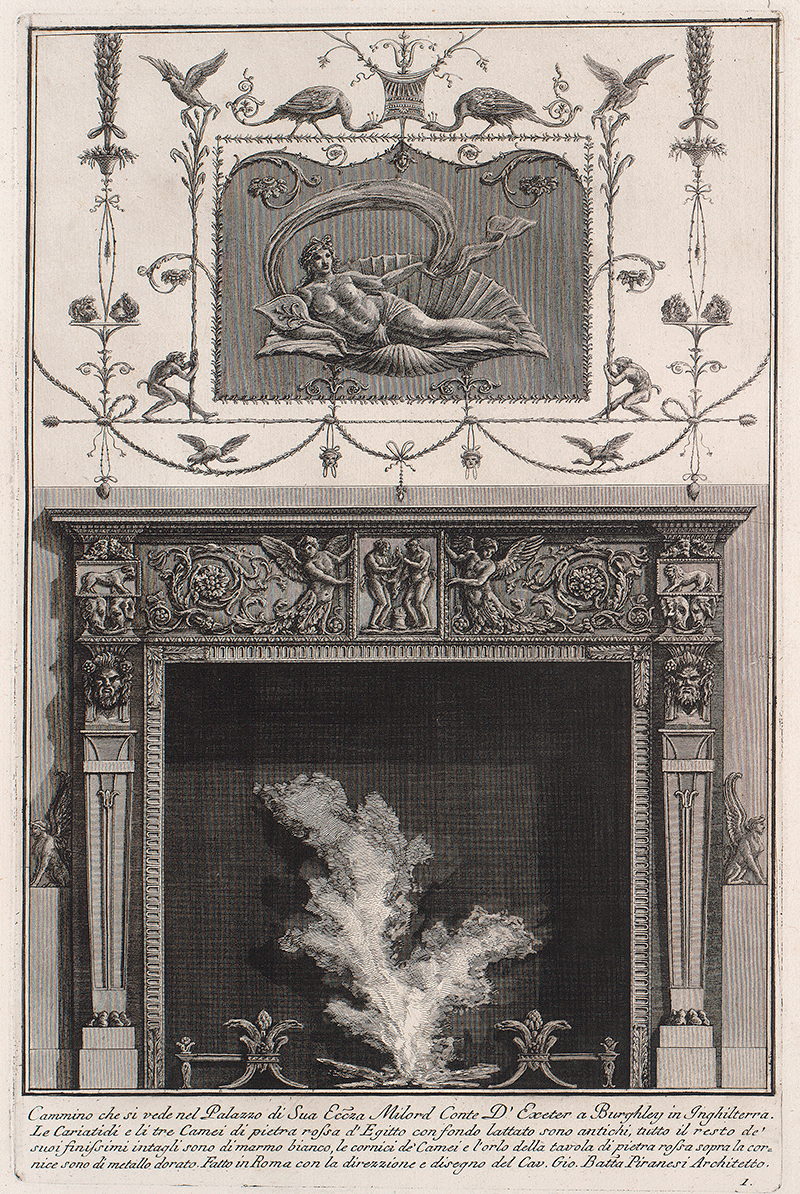 View Image
View Image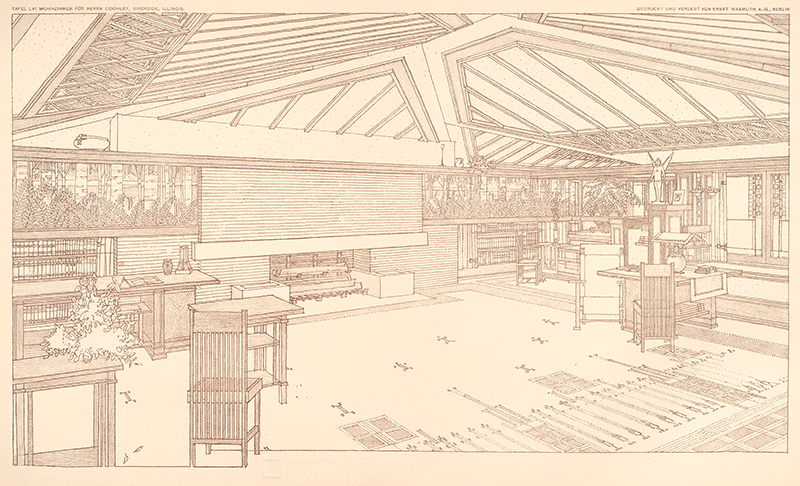 View Image
View Image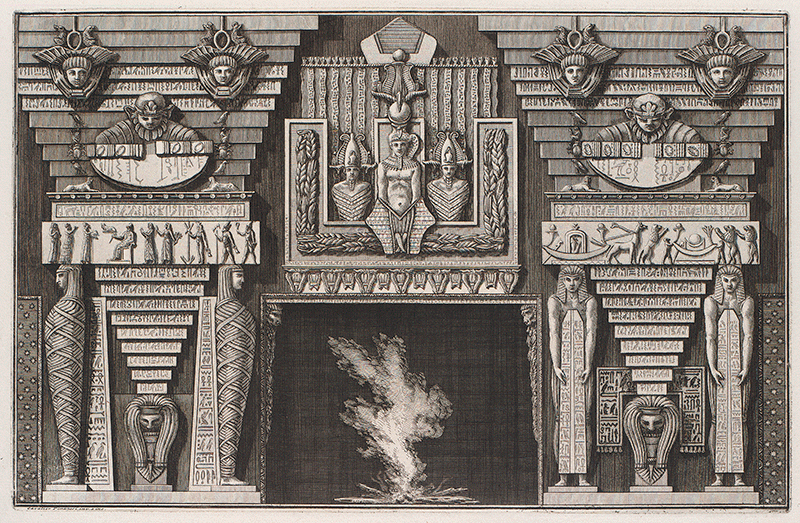 View Image
View Image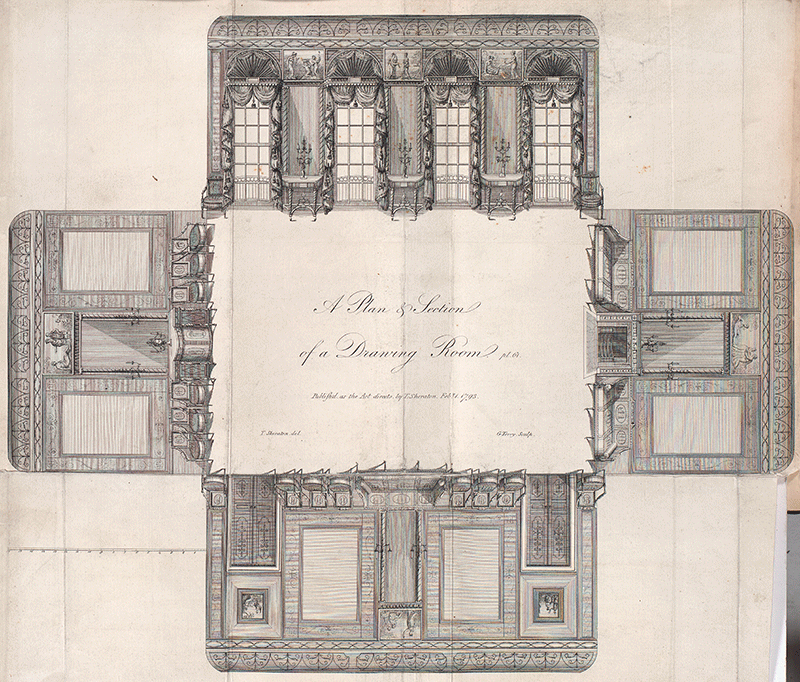 View Image
View Image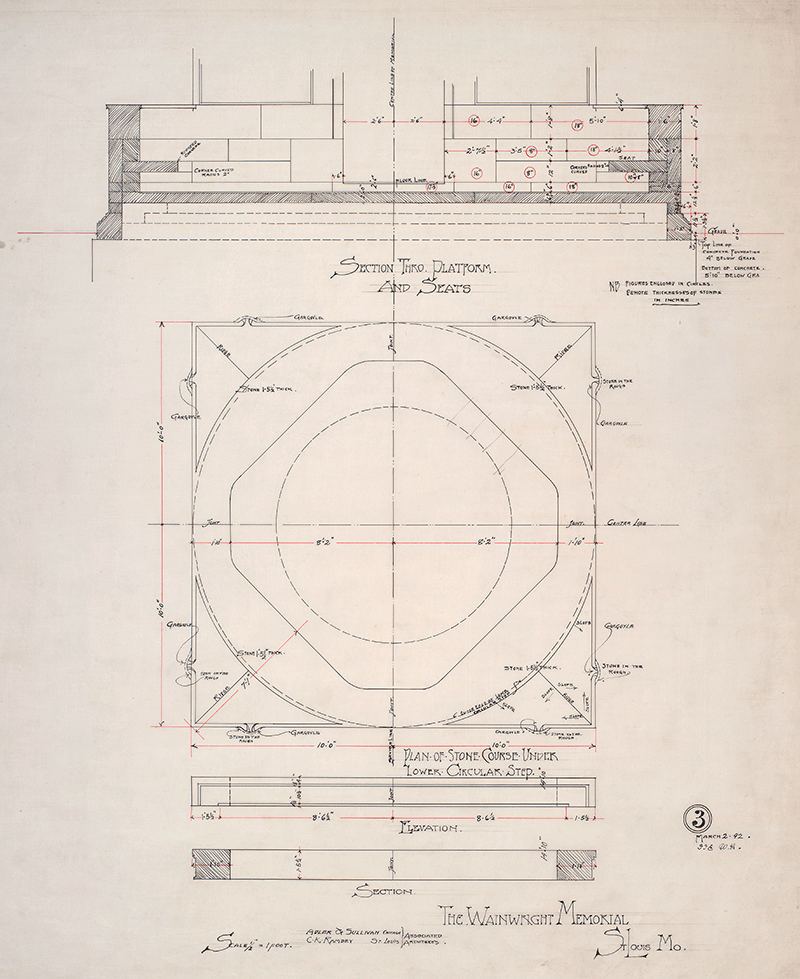 View Image
View Image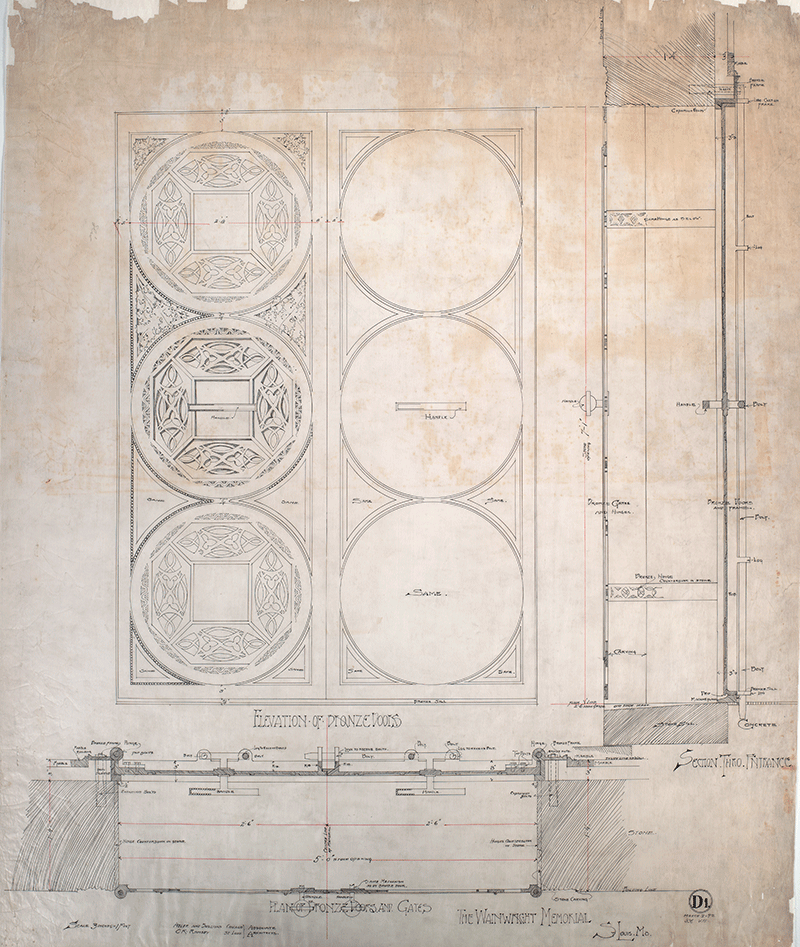 View Image
View Image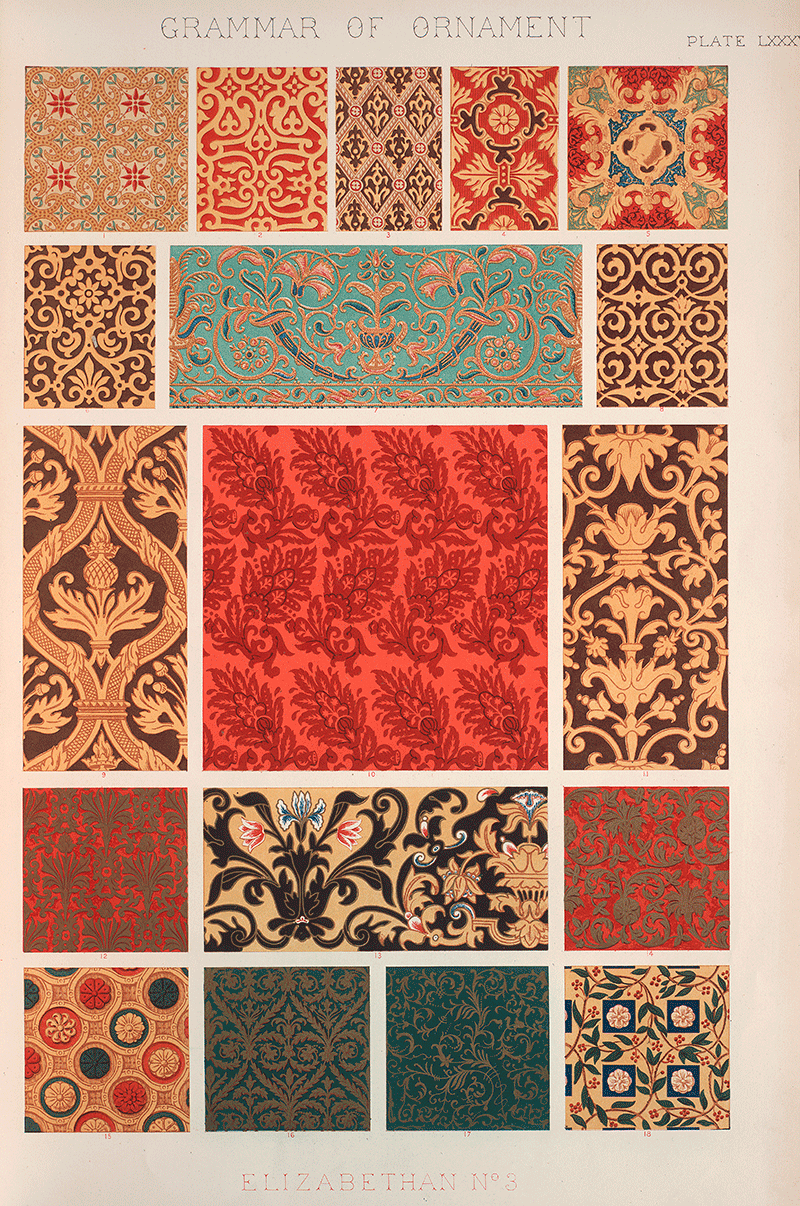 View Image
View Image